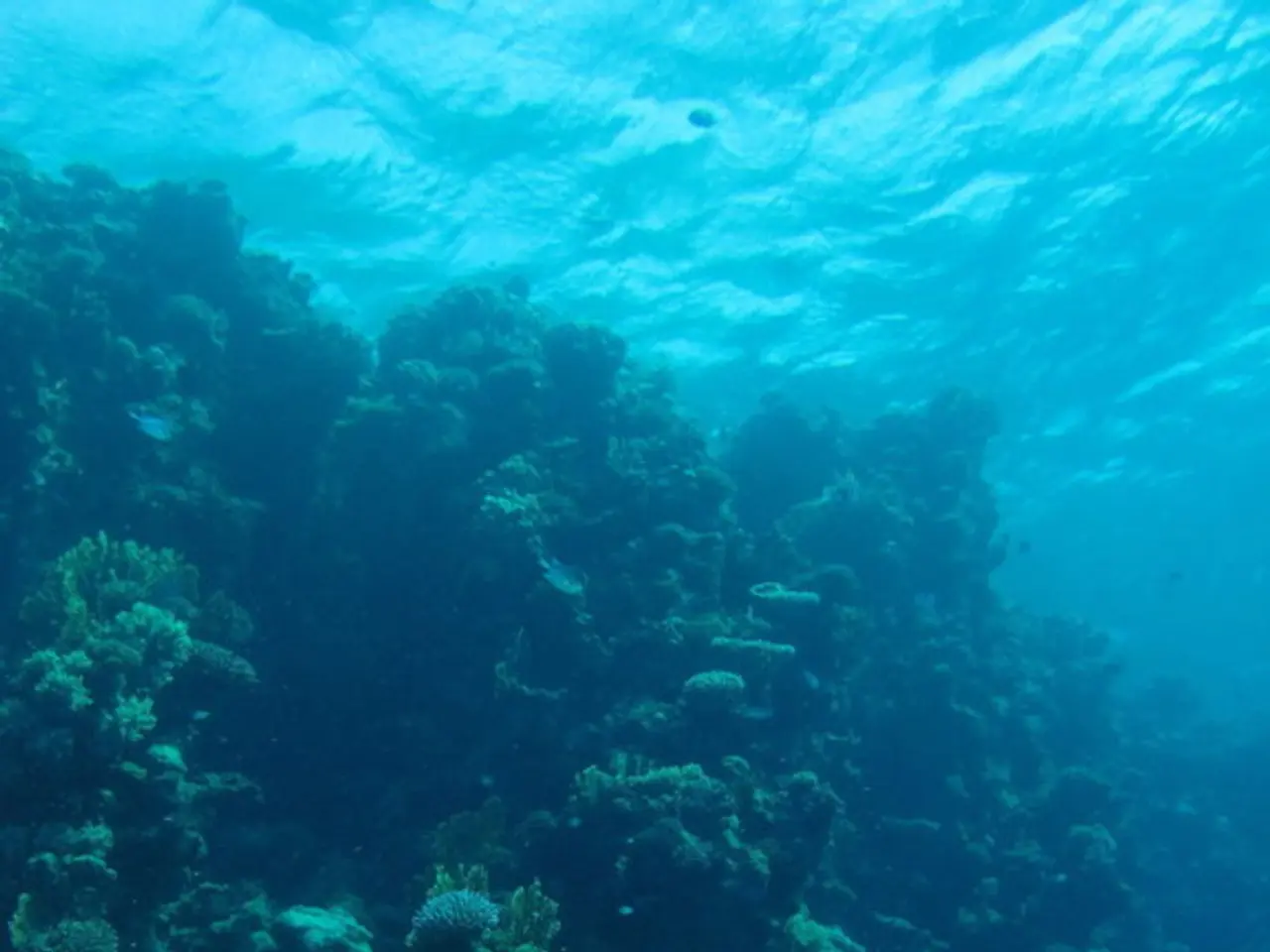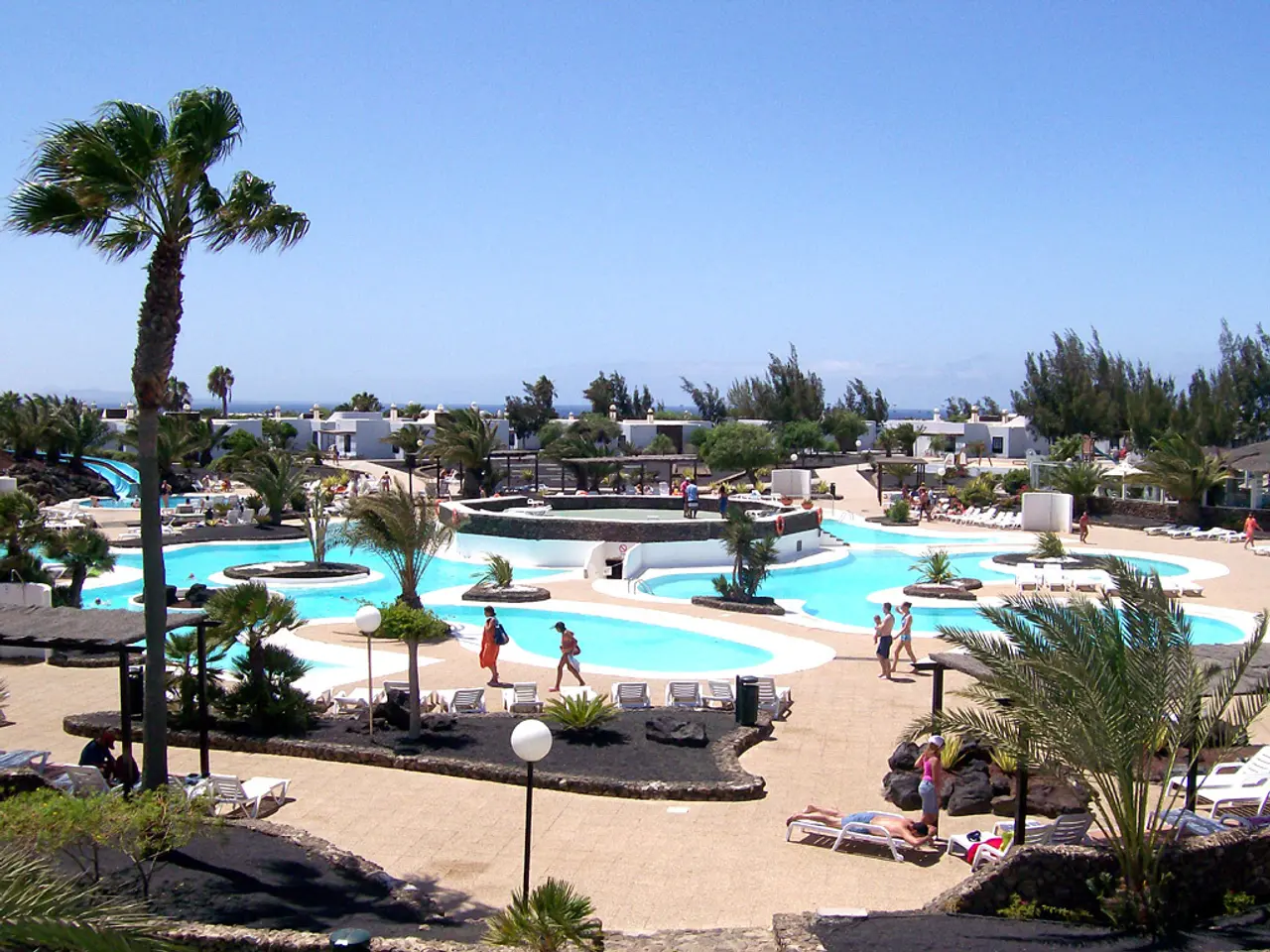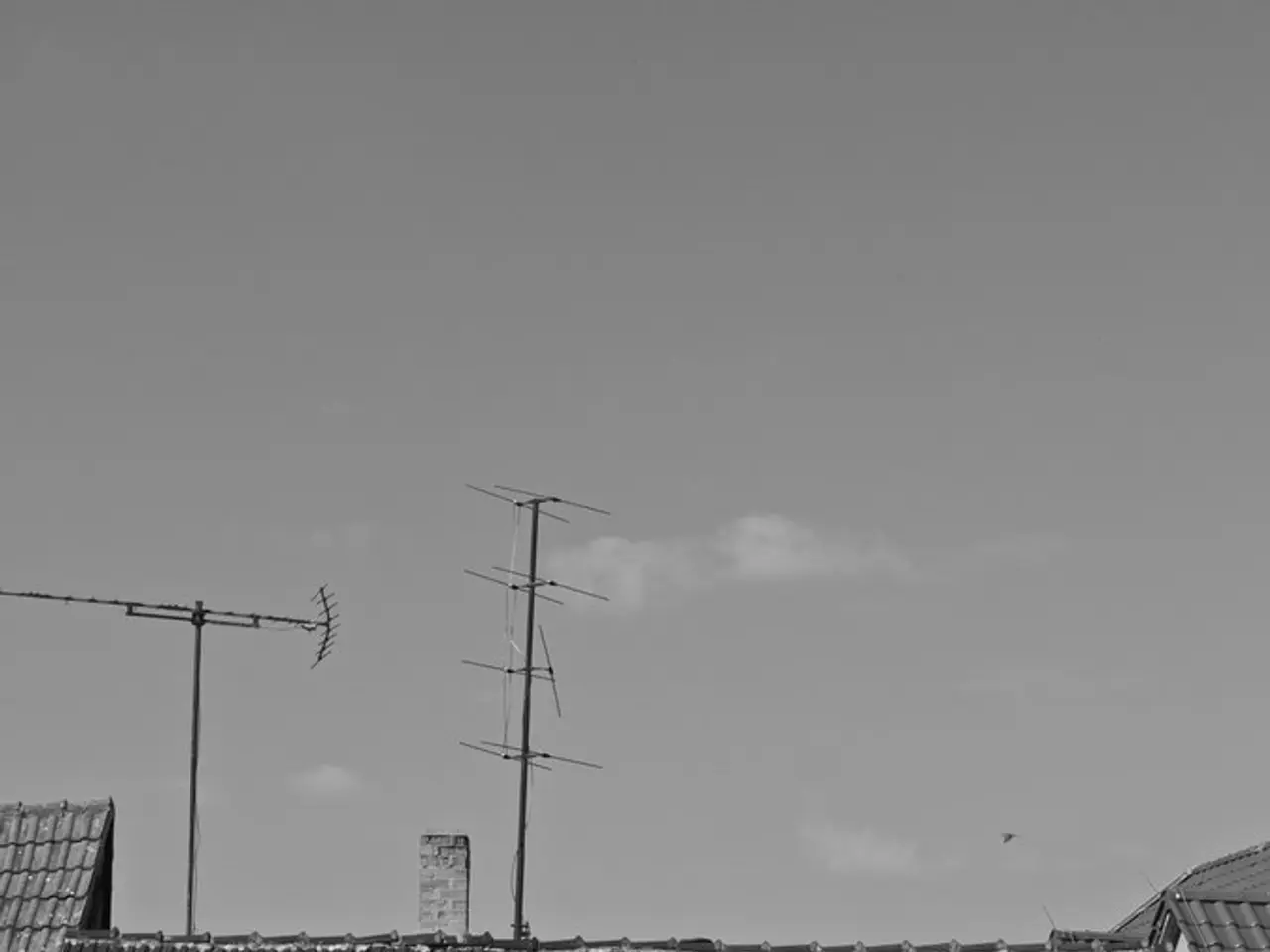Approach for Reducing the Spread of Intrusive Marine Algae
The Portuguese Ministry of Environment and Energy and the Ministry of Agriculture and the Sea have unveiled an action plan to address the spread of the invasive Asian seaweed species Rugulopteryx okamurae along the Portuguese coast. The plan focuses on monitoring, safe removal, handling, disposal, scientific research, institutional coordination, and exploring controlled biomass use.
Key components of the plan include:
- Continuous monitoring and mapping of the seaweed's distribution, biomass accumulation, and environmental impact to track its spread.
- Implementing protocols for safe removal, handling, and disposal of the invasive seaweed during cleanup operations.
- Supporting scientific research to better understand the biology, ecology, and behaviour of the algae, which is crucial for developing effective mitigation strategies.
- Protecting native species, threatened habitats, and designated conservation areas that are impacted by the seaweed invasion.
- Institutional coordination among government bodies for a long-term, multi-faceted management approach.
- Exploring opportunities to use the invasive biomass as a resource, such as biomass for energy production or other recycled products, subject to legal frameworks and environmental safety considerations.
The Portuguese approach mirrors similar plans in nearby regions, such as Andalusia in Spain, where invasive R. okamurae has caused ecological disruption and economic impacts, particularly in fisheries and tourism. Given the algae's ability to reproduce rapidly, lack of natural predators, and high biomass volumes, eradication is considered unfeasible in the short term. Therefore, management focuses on containment, impact mitigation, and research-backed interventions.
The strategy to address the algae issue will be developed by an interinstitutional working group, coordinated by the Portuguese Environment Agency. The action plan now includes engaging fishing communities, local economic agents, and city councils, as well as developing a strategy by the interinstitutional working group.
The Minister of Agriculture and the Sea, José Manuel Fernandes, emphasized the need for a rapid, determined, and technically sustained response to the rapid proliferation of algae along the Portuguese coast. Maria da Graça Carvalho, the Minister of Environment and Energy, reiterated that they are acting based on the best available scientific evidence to protect the coastline. The action plan aims to prevent jeopardizing fishing communities, tourism, and ecosystems.
- The action plan in the Algarve region, after taking inspiration from similar initiatives in nearby Andalusia, Spain, seeks to engage fishing communities, local economic agents, and city councils, as well as develop a strategy by the interinstitutional working group to address the rapid proliferation of the invasive Asian seaweed Rugulopteryx okamurae.
- Given the fast reproduction rate, absence of natural predators, and high biomass volumes of the invasive seaweed, the strategy for the Algarve aims at containment, mitigating impacts, and implementing research-backed interventions, rather than eradication in the short term.
- Monitoring and mapping the distribution, biomass accumulation, and environmental impact of the invasive seaweed are integral components of the action plan, along with institutional coordination on multiple facets, exploration of controlled biomass use opportunities, and protection of native species, threatened habitats, and conservation areas within the realm of environmental-science and climate-change concerns.








